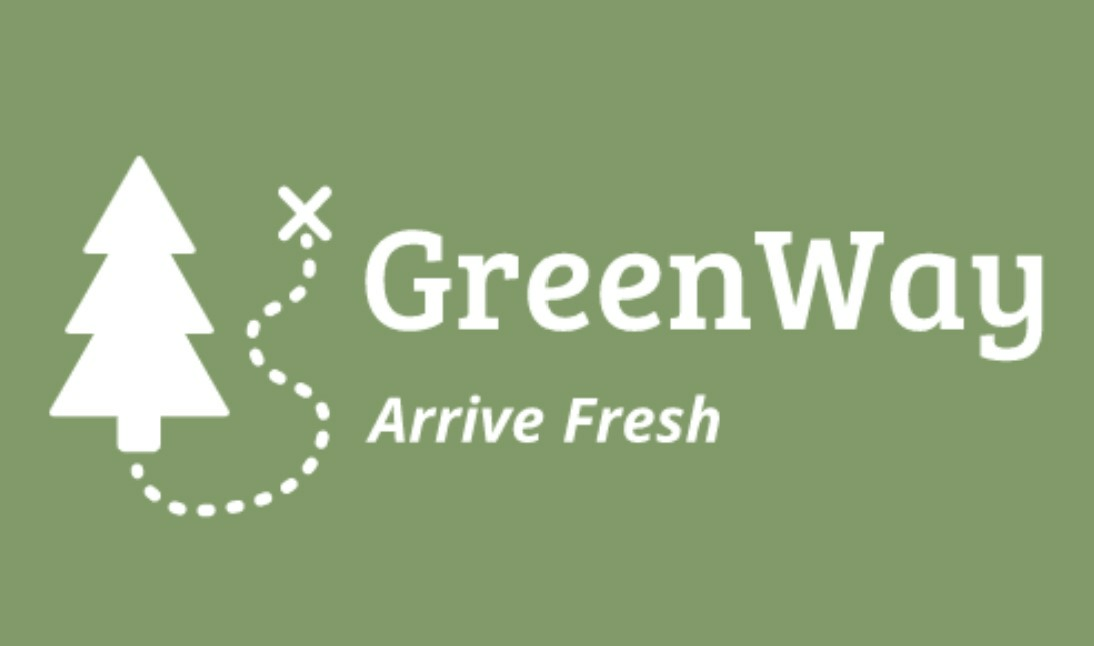What are the key levers that can be affected to ease congestion in NSW?
Using open data and other data sources, what can you infer that can be changed by Transport for NSW to help ease congestion? This can be congestion from people, cars, train passengers, on a platform or queuing for a bus or just generally on a road. What has happened in the past? What information can we provide customers, bus drivers or employers to assist in easing congestion? Note: this is not just road congestion. It can be viewed holistically or at a microlevel – for say an intersection.
Go to Challenge | 7 teams have entered this challenge.


